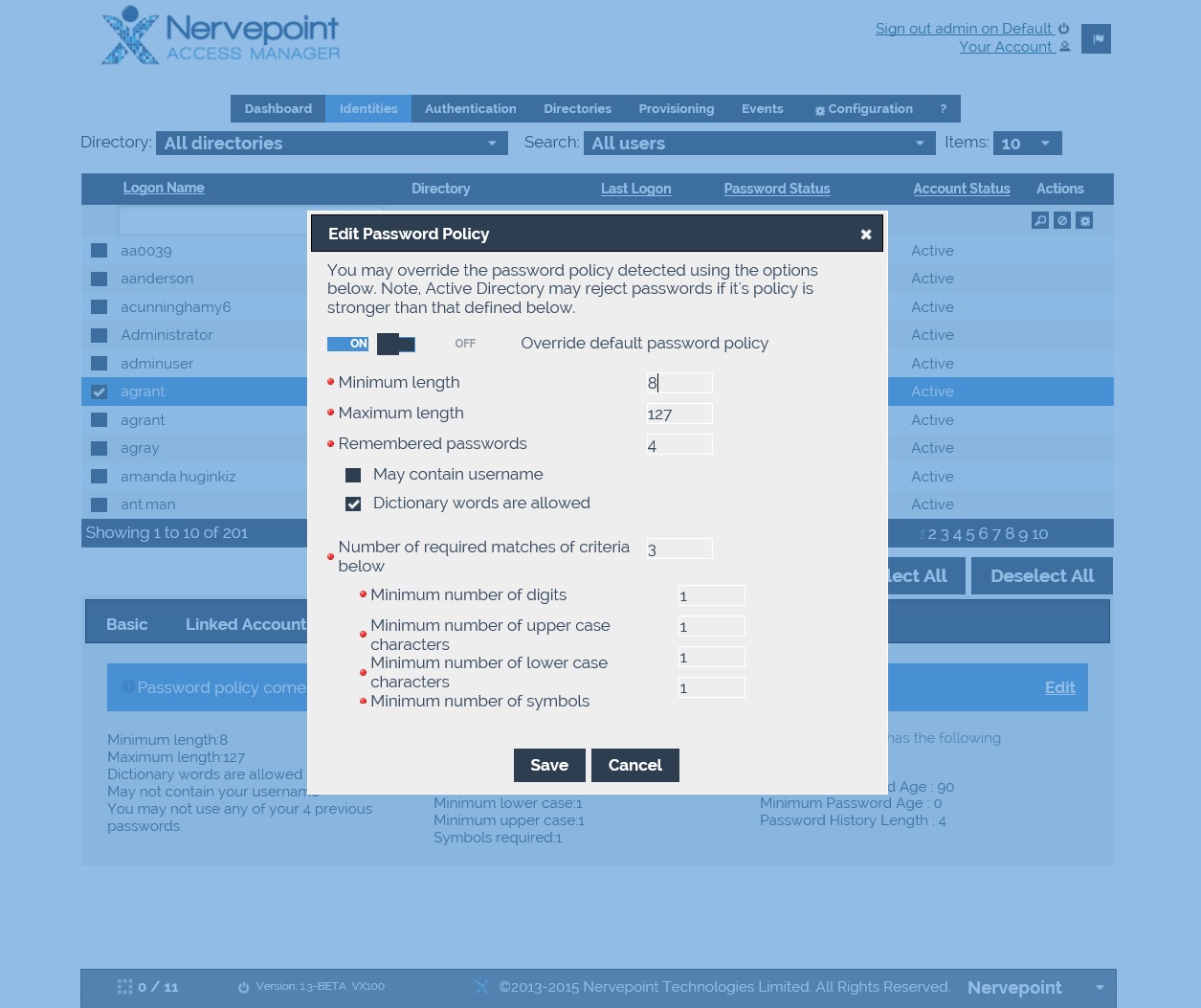In Windows Server pre Server 2008, it was only possible to have one password policy in a domain. As a result, company individuals had to use the same password policy. Nevertheless, there were a few exceptions where password policies could be made different for each department but this would require a setup of separate domains or a 3rd party tool in order to render this process successful. While this was an avenue to make password policy feasible, it also meant that additional cost of purchase or a particular configuration was required.
Introduction of Fine Grained Password Policy
Most companies did not prefer the techniques of keeping passwords safe and secure and therefore, in the era of rapid technological advancement that serves company needs, an introduction of fine grained password policy was seen. This went hand in hand of not only pacifying organizational needs but public demand for the need of stronger, flexible yet complex passwords. This allowed employees to define additional password policies without creating any additional domains, further enhanced in Server 2012 it is now easier to configure and manage. Being able to define multiple password policies meant that specific policies could be applied to various users and groups, implying the application of flexible and stronger password policies.
Fine Grained Password Policy with Hypersocket Access Manager
Hypersocket Access Manager now fully supports and integrates fine grained password policies. Our recent update of 1.3 offered an upgrade to all businesses allowing distinct configuration and a robust password policy. For example the sales team can now build a password that is more secure in comparison to the IT department. Access Manager will correctly read the policy and apply it when the users are using the self-service portal.
Access Manager 1.3 extends fine grained password policy further allowing individual users to have their own unique password policy by overriding passwords at the user level; as demonstrated in the image below. Previously, it was only possible to override the password policy for the entire directory. This means organizations can now pinpoint individual users and give them a specific password policy allowing for even greater control and flexibility with stronger and configurable password policy.



